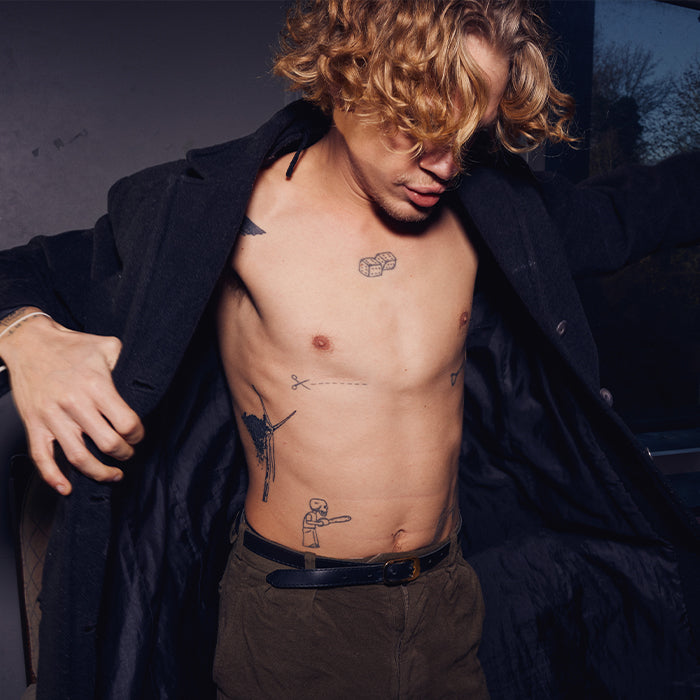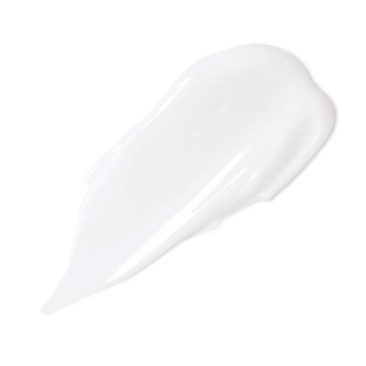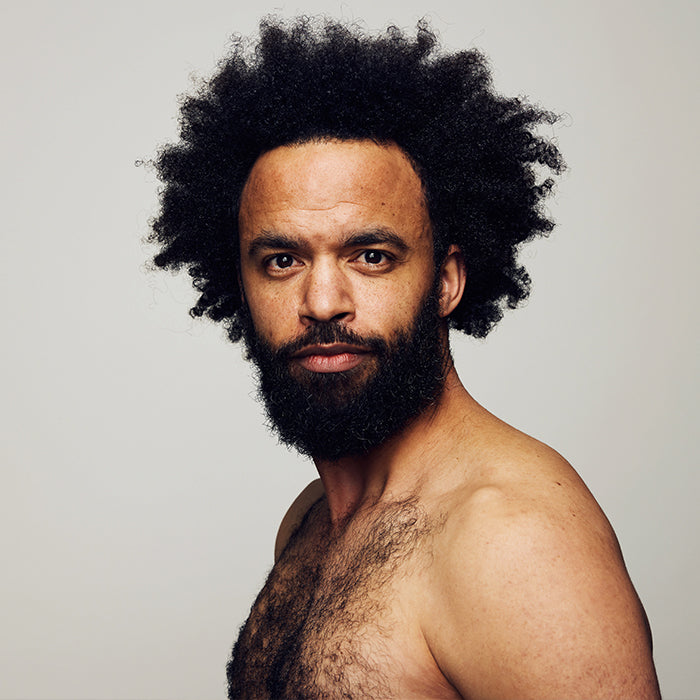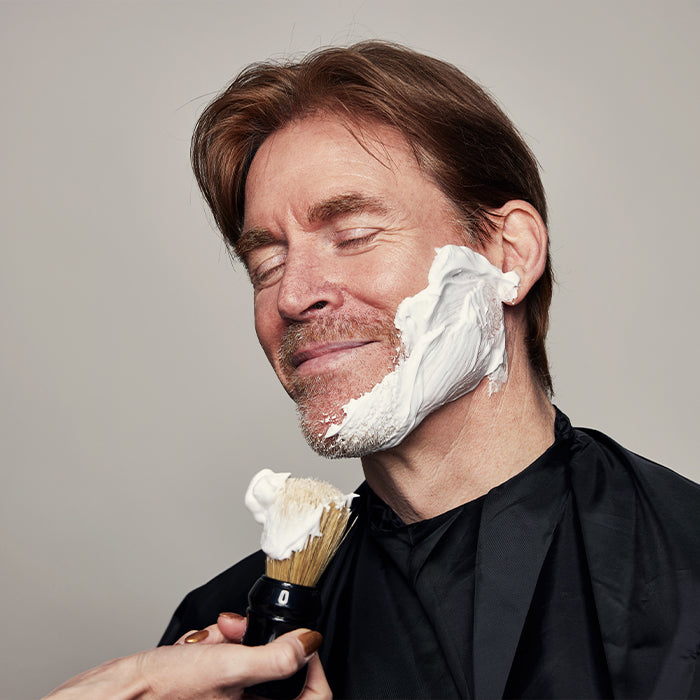Er zijn mannen die er op hun best uitzien met een wilde, onverzorgde baard die alle kanten opgaat. Als jij helemaal happy bent met zo’n natuurlijke oerbaard: good for you! Voor het merendeel van de heren geldt echter dat af en toe de baard zelf trimmen (of baard laten trimmen) een netter, aantrekkelijker en praktischer resultaat geeft.
Een verkeerde uithaal met trimmen kan al snel een paar weken van jouw baardgroei ongedaan maken. Wil je niet je baard scheren? Zorg er dan voor dat je geen hap je uit je baard trimt. Wil je zeker weten dat je een topresultaat krijgt, maak de kans op ongelukken dan zo klein mogelijk en lees je in.
De meeste mensen weten wel wat het verschil is tussen scheren en trimmen, maar toch leggen we het nog even kort uit. Wanneer je trimt, wiek je je haar wat korter. Niet ‘tot in de huid kort’ zoals een scheermes doet. Als je je baard trimt, heb je aan het einde een mooie verzorgde baard. Ga je scheren? Dan heb je geen baard meer.
Als je weet wat je doet met trimmen, kun je genieten van een symmetrische en onderhouden baard en sneller naar jouw gewenste eindresultaat toewerken. Lees hieronder het proces stap voor stap.

Waarom je baard trimmen?
Het trimmen van je baard is belangrijk om meerdere redenen. Het zorgt niet alleen voor een nette, verzorgde look, maar houdt ook je baard gezond. Door regelmatig te trimmen verwijder je gespleten haarpunten en voorkom je dat vuil en restjes zich ophopen. Kortom, het trimmen van je baard helpt je er goed uit te zien en je goed te voelen!
Stap 1: Voorbereiding
De beste voorbereiding voor een goede trimbeurt is om eerst onder de douche te gaan. Dat zorgt ervoor dat je poriën wijd open komen te staan. Hierdoor wordt het scheren van je wangen en neklijn straks stukken eenvoudiger. Reinig je baard met een baardshampoo, dit maakt het makkelijker om de haren te scheren. Op deze manier glijdt de baardtrimmer of de schaar soepeler door het haar, zonder te blijven haken in uitgedroogde haren. Gebruik liever geen baardolie, omdat die de grip van je gereedschap op het haar vermindert.

Stap 2: Je baard borstelen
Nu ga je je baard doorborstelen met een baardborstel. Als alle haren min of meer dezelfde kant op wijzen krijg je een meer gebalanceerd resultaat en verloopt het knippen en trimmen makkelijker. Gebruik je liever een kam? Gebruik dan een houten of metalen baardkam, deze maken je haren namelijk niet statisch.
Stap 3: Je baard trimmen
Dan wordt het tijd om de trimmer erbij te pakken. Zorg dat je vooraf bepaalt welke lengte je baard moet krijgen. Zet je baardtrimmer niet meteen op standje kaal, maar begin met een stand waarvan jij denkt dat die ongeveer even lang is als jouw baardhaar – en kijk wat voor effect je baard trimmen op deze stand heeft. Zo kan je inschatten hoeveel lengte de trimmer van je baard afhaalt.
De meeste mannen gebruiken een langere lengte op hun kin en een kortere op hun wangen. Zo maak je een natuurlijk, naar onder toe aflopend baardmodel. Welke stand je op je snorharen gebruikt, hangt af van het baardmodel waar je naartoe wilt werken.
Let even op als je een nieuwe baard trimmer gebruikt. De standen van elke trimmer zijn anders – als je standje 3 gebruikte bij je oude trimmer, kan je van een koude kermis thuiskomen als je klakkeloos hetzelfde doet met je nieuwe apparaat.
Zorg er ook altijd voor dat je baard droog is. Vochtige baardharen zijn langer dan droge baardharen! Dan moet je ze zeker niet trimmen. Het resultaat kan namelijk zijn dat je jouw baard dan ineens te kort trimt.
Hoe gebruik je een trimmer?
Neem de opgeladen trimmer in je hand en zet de opzetkam in de door jou gewenste stand en start met trimmen. Trim je voor het eerst? Zet deze dan op de langste stand zodat je eerst kunt zien wat voor effect je krijgt. Tijdens het baard trimmen kun je de trim-instelling verkorten tot je de gewenste stand bereikt hebt.
Als je de opzetkam eraf haalt kun je met de scherpe tanden van je trimmer heel gemakkelijk randen van je baard aflijnen zodat je naderhand met je scheermes de finishing touch kunt geven.
Let op! Je moet goed over de juiste lengte van je baard nadenken. Trim je te kort, ben je weken verder voordat de baard weer op niveau is. Dus voorzichtigheid is belangrijk. Daarom is onderstaand geheugensteuntje erg handig:
Baardtrimmer instelling:
- Stoppelbaard: 0,1 mm - 3 mm
- Korte baard: 3 mm - 10 mm
- Lange baard: 10 mm - 40+ mm
Tips bij baard trimmen
Scheer tegen de haargroei in: Trim met je baardtrimmer tegen de haargroei van je baard in naar boven. Zo pak je de hele baard mee en zorg je er voor dat je bakkebaard vloeiend in je baard overgaat.
Zorg voor scherp materiaal: Je hebt je vast wel eens geschoren met een bot mes of scheerapparaat. Dan weet je hoe vervelend dat was en hoeveel moeite het kostte. Baardharen zijn gemaakt van keratine – hetzelfde materiaal waarvan je nagels zijn opgebouwd. Stevig spul dus. Het is daarom dus erg belangrijk om scherpe tools te gebruiken voor het trimmen van de baard. Een goede baardschaar blijft lang scherp, de messen van je trimmer blijven dat niet: ze slijten vrij snel, zeker als je je baard (bijna) dagelijks bijwerkt. De messen van de trimmer zou je dus zeker elk half jaar (liefst elke drie maanden) moeten vervangen.

Stap 4: Snorharen en losse haren knippen
Waarvoor gebruik je zo’n baardschaar nou? Om te beginnen om de onderkant van je snor netjes recht te krijgen. Dat is een klusje waarvoor je een goede beheersing nodig hebt – ga niet al te enthousiast aan de slag. Ook is een schaar meestal scherper dan een baard trimmer, zodat je snel de wiebelige haartjes op je bovenlip doormidden knipt.
De schaar gebruik je ook om haren die na de trimbeurt overblijven te knippen. Je weet wel, van die koppige haren die na drie keer over je baard heen gaan nog steeds niet ingekort willen worden. Geen punt – met de scherpe baardschaar zijn die haartjes binnen no time verdwenen.
Stap 5: Je hals trimmen
Een nekbaardje is vaker een scheldwoord dan een gewilde baardstijl. Waarschijnlijk zal je de onderkant van je kin en je hals compleet kaal willen scheren. Hiervoor gebruik je een scheerapparaat of trimmer, of beter nog, een scheermes.
Een goede hoogte waarop je je baard onderaan afscheert, ligt tussen drie punten. Ga voor de spiegel staan en beeld je een ronde lijn in die van oor tot oor loopt. In het midden kruist deze lijn, één tot drie vingers dik, boven je adamsappel. Natuurlijk hangt de precieze lijn af van het baardmodel dat je in gedachten hebt.
Scheer de onderkant van je baard voorzichtig en probeer de lijn zo recht mogelijk te houden. Controleer regelmatig in de spiegel of je werk nog symmetrisch is – maar ga niet woest overcompenseren als je scheef gaat. Voor je het weet scheer je je baard af tot boven je kaaklijn, en dan wordt janken.
Je kan trouwens ook proberen om met de verschillende standen of opzetstukjes van je trimmer te spelen en een natuurlijke, geleidelijke overgang van je baard naar je kale hals te maken. Dat vereist wat oefening, maar kan een erg mooi resultaat geven. Wil je zo’n overgang erg graag, maar heb je niet de skills om hem zelf te maken? Dan is een tripje naar de barbier een aanrader!

Stap 6: Je wanglijn scheren
Ook op je wangen begrens je je baard met een scheerbeurt. Daarvoor gebruik je dezelfde tools als voor je hals, dus een baard trimmer, scheerapparaat of scheermes met gel of schuim – wat voor jou het lekkerste werkt, daar moet je zelf achter komen.
Ook nu trek je een denkbeeldige lijn in de spiegel. Waar die ligt hangt weer af van het resultaat dat je voor ogen hebt. Scheer voorzichtig en maak die rechte of gebogen lijn. Ook hier geldt dat je kunt proberen om een overgang te maken met verschillende standen van je trimmer of scheerapparaat.

Stap 7: Je baard contouren met een baardshaper
Je baard bijwerken tot perfectie? Baardshapers kunnen jou helpen om je baard netter en makkelijker in model te krijgen. Vooral voor de twee moeilijke klusjes hierboven (hals en wanglijn) kan een baardshaper een veel mooier resultaat geven, dan als je uit de losse pols aan de slag gaat.
Je kiest een baardshaper met een vorm die aansluit bij de door jouw gewenste baardlijn. Veel shapers hebben meerdere kanten, waardoor je ook nog eens kunt afwisselen als je baard verder uitgroeit. Houd de shaper met de ene hand op de goede plek, en gebruik je andere hand om de baard langs de shaper te trimmen.
Stap 8: De trimbeurt afronden
Na het trimmen verwijder je eerst losse haartjes uit de trimmer, zodat die je mesjes niet verder bot kunnen maken. Dan maak je de baardtrimmer gewoon schoon onder de warme kraan en laat je hem goed drogen. Haal eventuele opzetstukjes er eerst af.
Je baard kam je of veeg je met een zachte borstel schoon van losse haren. Door nog een keer te kammen of borstelen zie je ook of er haren uitsteken die je nog even met de schaar moet bijwerken.
Als laatste doe je nog wat huid- en baardverzorging. Je gezichtshuid breng je tot rust door hem met koud water te spoelen of te deppen. Dat sluit de poriën weer en voorkomt irritatie door de scherpe messen. Je kunt ook je huid (nogmaals) met een hydraterende aftershave behandelen om irritatie (de beruchte ‘barber’s rash) te voorkomen.
Je baard zorgvuldig inwrijven met baardolie zorgt voor het laatste punt van perfectie. Daarmee geef je de gekortwiekte haren en de licht omgeploegde haarzakjes de voeding die ze nodig hebben. Bovendien maakt baardolie je haren soepeler, waardoor ze bij de volgende trimbeurt makkelijker te behandelen zijn.
Hoe vaak moet je je baard trimmen?
Hoe vaak je je baard moet trimmen hangt echt af van hoe snel je baard groeit en welke look je wilt bereiken. Sommige mensen vinden het nodig om hun baard een of twee keer per week lichtjes bij te knippen om een netjes verzorgde look te behouden. Anderen, die een vollere baard willen, kunnen volstaan met een grondige trimbeurt eens in de twee tot drie weken. Het is vooral belangrijk om naar je baard te luisteren en te trimmen wanneer het nodig is om de gezondheid en de gewenste stijl van je baard te behouden.
Mocht je toch nog vragen hebben horen wij dat graag van je. En anders veel succes met het trimmen van je baard!
Je vrienden, The Alpha Men








